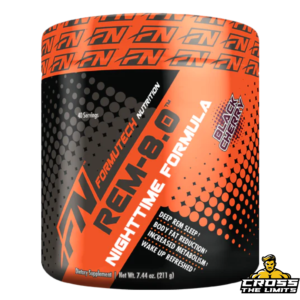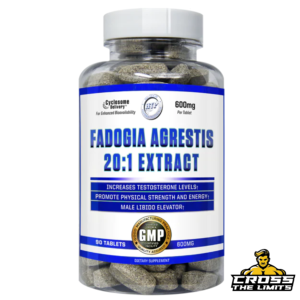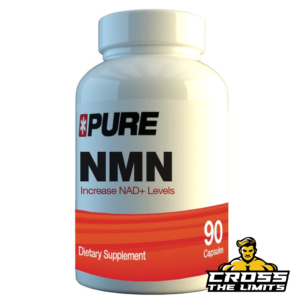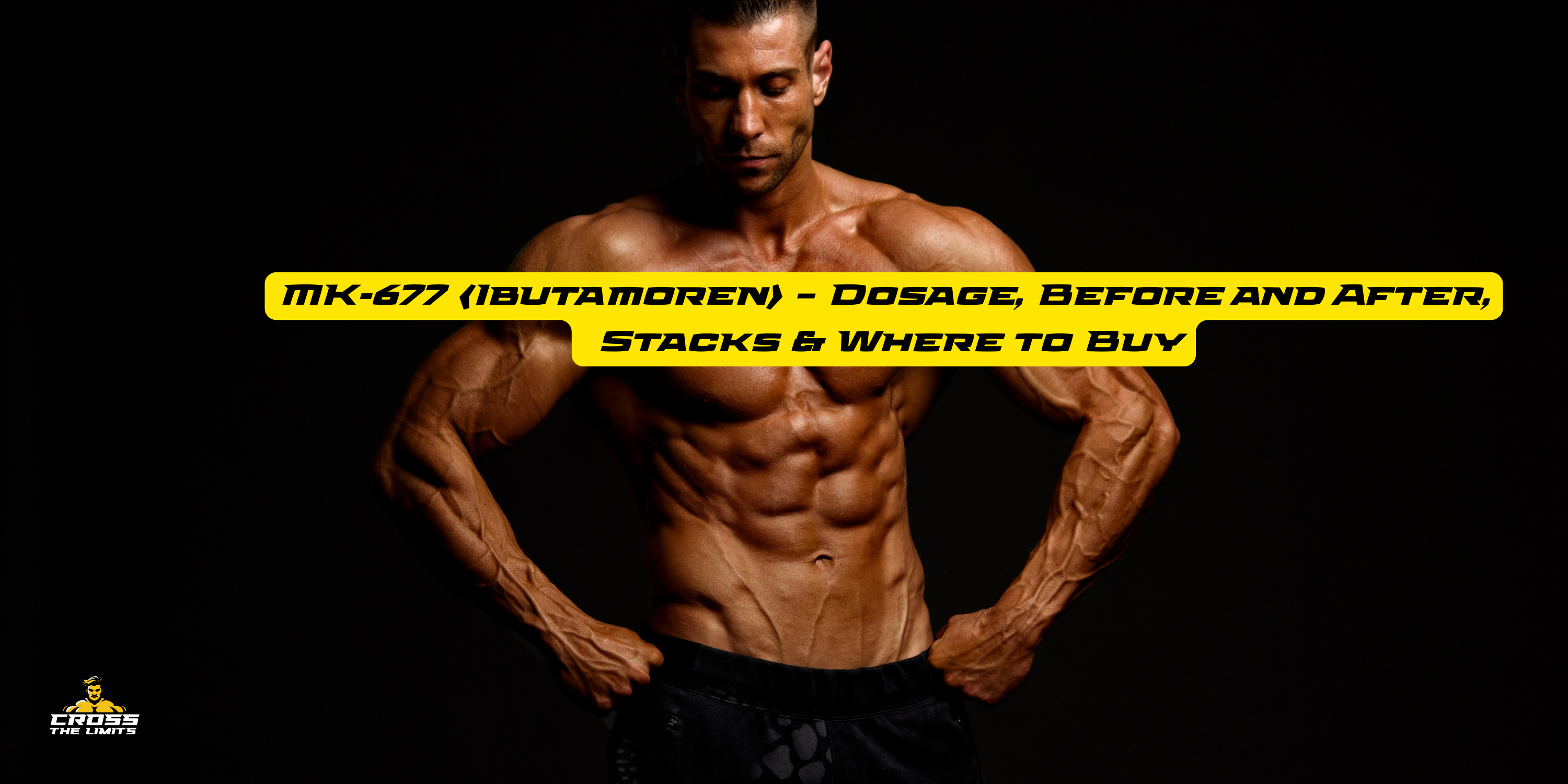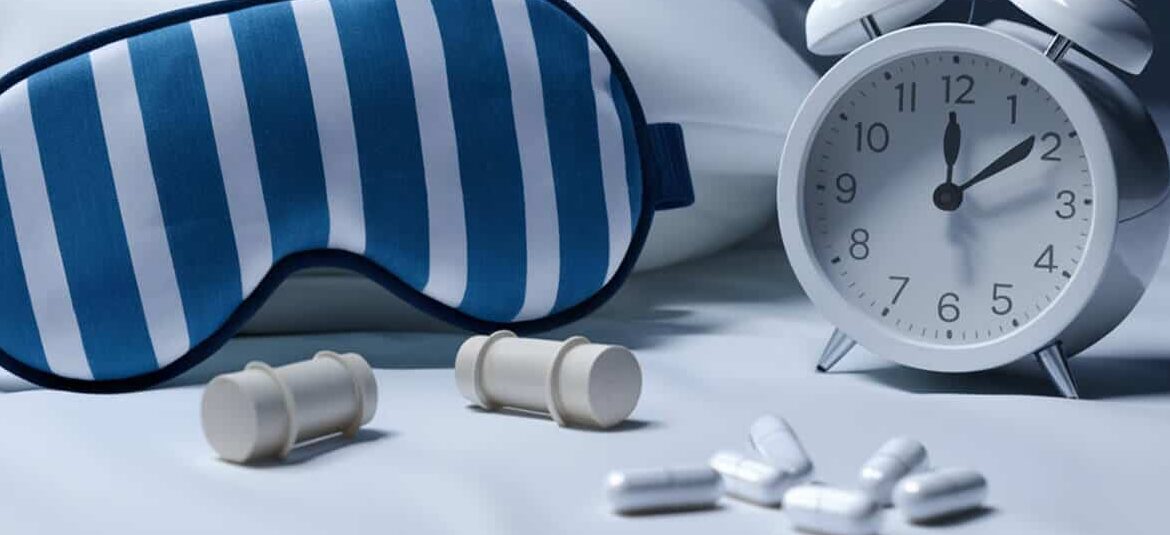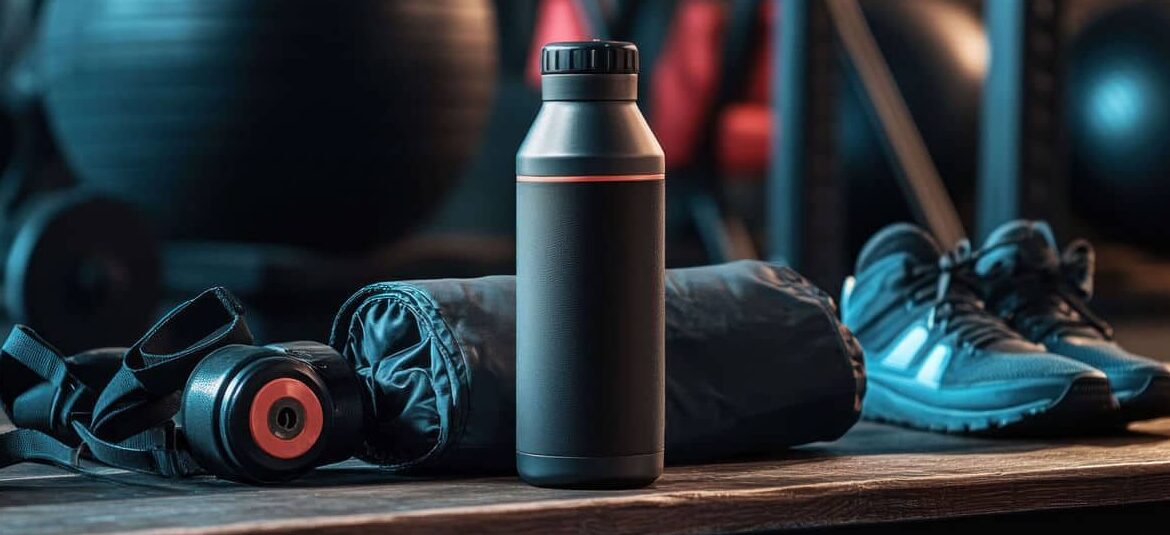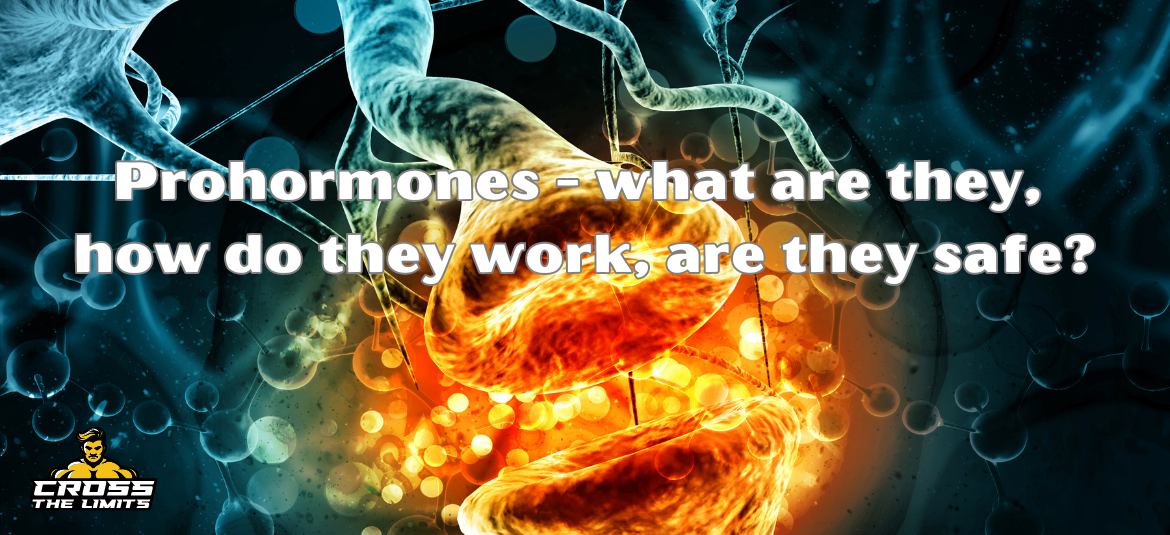
Prohormones – what are they, how do they work, are they safe?
Prohormones are a class of compounds that have drawn significant attention in the bodybuilding and athletic communities for their muscle-building effects. They are often mentioned in the same breath as anabolic steroids, but there are critical differences between the two. Here’s a comprehensive guide on prohormones’ function, safety considerations, and their legal status, particularly about Cross The Limits’ offerings.
What Are Prohormones?
Prohormones first made their mark on the supplement market in 1996, thanks to chemist Patrick Arnold. Initially marketed as a legal, safe, and cost-effective alternative to anabolic steroids, prohormones are precursors to hormones. They require conversion in the body to active hormones, with the most notable example being 1-AD, which is converted into testosterone. The allure of prohormones lies in their potential to produce results akin to anabolic steroids without being the same chemically.
The prohormone category has significantly evolved since its inception, with various supplements available in convenient forms, such as pills, patches, capsules, and liquids.
How Do Prohormones Work?
Prohormones are not hormones but precursors that enhance and complement the body’s hormonal functions. They are converted into active anabolic hormones like testosterone, which is crucial for muscle growth, increased endurance, and improved fat-burning capacity. For instance, vitamin D3 is a prohormone that converts into calcitriol, a hormone vital for calcium homeostasis and bone health.
Conversion into Hormones:
Popular prohormones include compounds like androstenedione and 4-androstenediol, which convert into testosterone. Others convert into hormones like:
- 1-Testosterone (1-Test): Known for being much more potent than testosterone, it enhances muscle regeneration and strength without converting to estrogen.
- Boldenone: Helps gain pure muscle mass by stimulating appetite and improving the nitrogen balance.
- Dihydrotestosterone (DHT): Influences the development of sexual characteristics and muscle hardness, with potential side effects such as prostate hypertrophy and hair loss.
- Nandrolone: Accelerates protein synthesis and positively affects bone growth without converting to DHT, though it may interact with estrogen.
Safety and Legal Status:
Prohormones were initially considered a legal alternative to steroids. However, legislation, particularly in the United States with the 2004 Anabolic Steroid Control Act, reclassified many prohormones as controlled substances. Despite this, legal and effective prohormones, such as those found at Cross The Limits, still exist and are available for purchase.
